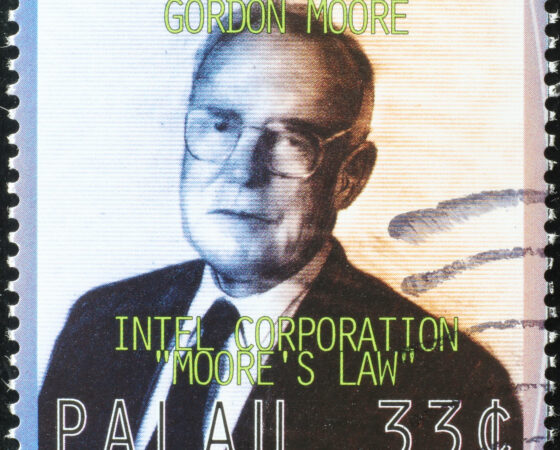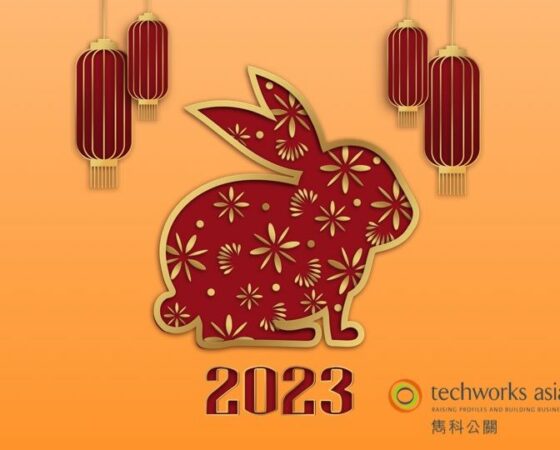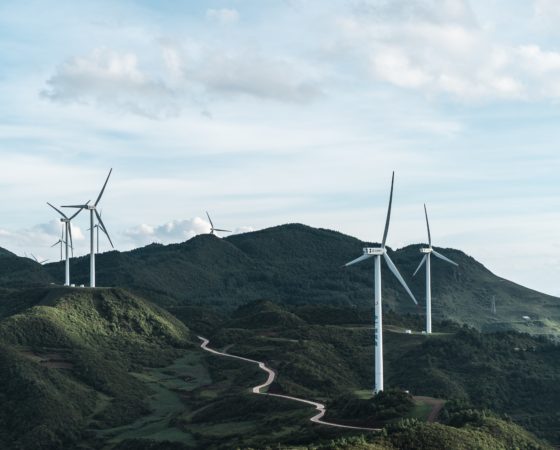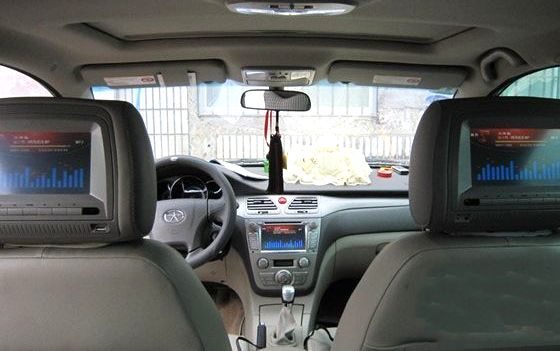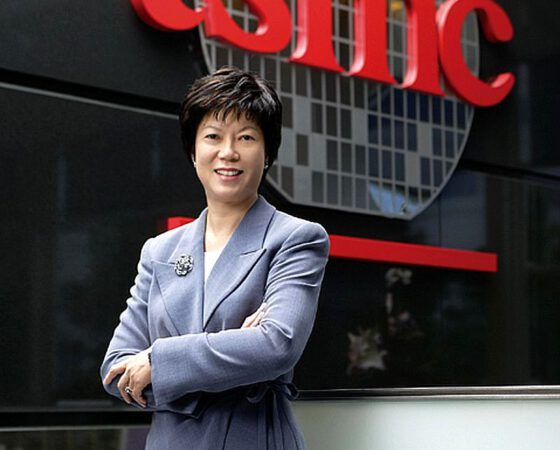The concept of inkjet-printed OLEDs has been kicked around for well over a decade – now Kateeva is turning concept into market reality
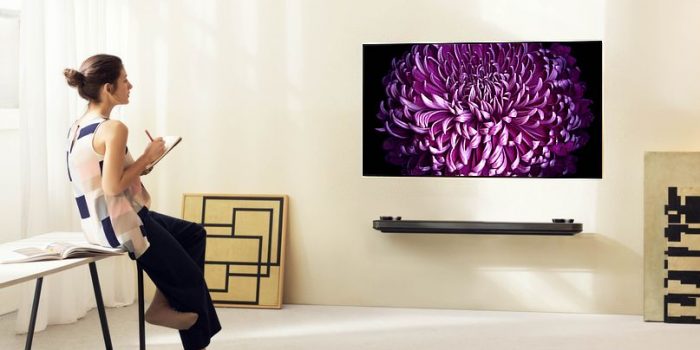
OLED technology has been the savage tease of the Flat-Panel Display (FPD) industry for years. While it holds out the promise of brilliant graphical output, plus lower costs compared to LCD production – no backlighting is required – technical difficulties and protracted R&D have resulted in only limited entry to the mass consumer-TV market.
Currently, mainstream production uses evaporative OLED materials in a shadow-mask deposition process that’s slow and wasteful of the material. It also uses a glass substrate and glass encapsulation, pushing up costs.
The inkjet printing of OLED displays is a tantalising alternative. Proponents say this can be done on a flexible plastic substrate, resulting in flexible OLED FPDs. Although foldable TVs are probably not a burning need for most consumers, these flex displays don’t require the use of glass, and this should be reflected in lower BOM costs. This is just one reason why the fast mass production of OLED displays by inkjet printing promises a relatively cheap manufacturing process that should, finally, vault OLEDs into the affordable mass-TV market.
While the concept of inkjet-printable OLED displays has been around for years, bringing the process to market has proved an elusive goal. As industry veterans like to point out, “Theory is one thing; mass production quite another.” However, one company now claiming a major breakthrough in the inkjet printing of OLEDs is the California-based Kateeva, Inc.
Enter the YIELDjet™ system
Writing on the website of SPIE (the international society for optics and photonics), Kateeva execs Conor Madigan, Steve Van Slyke and Eli Vronsky state: “Between 2008 and 2013, we at Kateeva developed the first commercial inkjet technology engineered from the ground up for OLED mass production – the YIELDjet™.”
The YIELDjet system is designed to minimise particulate contamination of the substrate; it has an ultra-pure nitrogen-based processing environment, to avoid exposure to ambient contaminants such as air and moisture. The system also uses advanced inkjet-printing algorithms and process monitoring to provide consistent and uniform film deposition.
The three execs state that their technical breakthrough implements, “…a novel in-flight inkjet droplet monitoring technology that is 50 times faster than previous techniques. This technology uses laser reflection and interference to perform highly accurate in situ measurements for each nozzle of droplet volume, velocity, and trajectory”. They add, “We have also developed a unique print engine, advanced printing uniformity algorithms, and novel drive electronics. Combined, these technologies enable sustained, on-the-fly adaptation of the printing process.”
This promises, finally, inkjet printing for real-world mass production: “As our next step, we are scaling up and incorporating these technologies into our forthcoming G8 glass (i.e., glass plates large enough to process six 55-inch TV panels on one plate) RGB mass production systems for high-volume, low-cost manufacturing of large-size OLED displays”.
At the end of November, 2017, Kateeva announced a new YIELDjet family, comprising the EXPLORE and EXPLORE PRO systems and providing display manufacturers with an industry-proven inkjet deposition platform to help bring the next generation of OLED TVs and other large-size displays to market. At that time, Kateeva had shipped four systems from the EXPLORE family and expected to ship three additional systems by the second quarter of 2018.
Kateeva expands valley HQ, ramps production
While a handful of other companies – notably Merck, AU Optronics, and Tokyo Electron (TEL) – have been exploring the possibility of the inkjet printing of OLEDs, Kateeva, according to a March 2017 press release, was expanding its Silicon Valley headquarters and adding 75,000 square feet of space for both business and manufacturing operations.
The release points to a rising tide of demand for Kateeva’s inkjet technology: “Kateeva moved to its current location in early 2015 to facilitate production ramp-up of its YIELDjet™ inkjet printing manufacturing equipment for the global flat panel display industry. Since then, headcount has nearly tripled to 330 people, and orders for YIELDjet systems have soared. With the new building, Kateeva doubles its manufacturing footprint, providing ample space to accelerate production.”
In a press release of September 2016, Kateeva reported that “…its YIELDjet™ FLEX system has earned a commanding lead in the key organic layer deposition step in the OLED Thin Film Encapsulation (TFE) market. Since the novel inkjet printing solution debuted in manufacturing in 2014, the company has secured the vast majority of available TFE orders. Customers include the world’s largest flat panel display manufacturers located in three key Asia regions.”
The Kateeva website lucidly summarises this inflection point for the FPD industry by stating that to be economically viable, mass OLED production, “…must involve disruptive techniques to control the process environment, minimize particulates, and expand the process window.
“This calls for a new class of inkjet manufacturing equipment solution.”
Links:
http://spie.org/newsroom/5940-inkjet-printing-equipment-for-organic-led-mass-production
https://www.ledinside.com/products/2017/11/kateeva_introduces_oled_rbg_pixel_deposition_line_up
http://kateeva.com/press-full/kateeva-expands-silicon-valley-headquarters/
http://kateeva.com/technology/oled-edge/
Image
OLED TVs are normally priced beyond the reach of the average consumer. Inkjet-printable OLEDs promise to change that. Image courtesy of LG Electronics.

